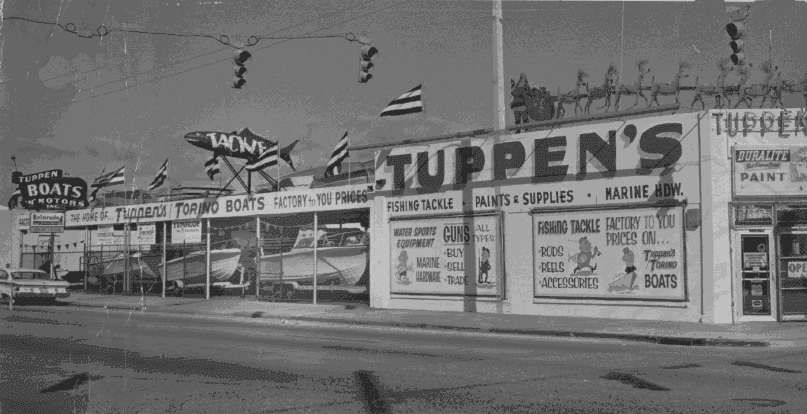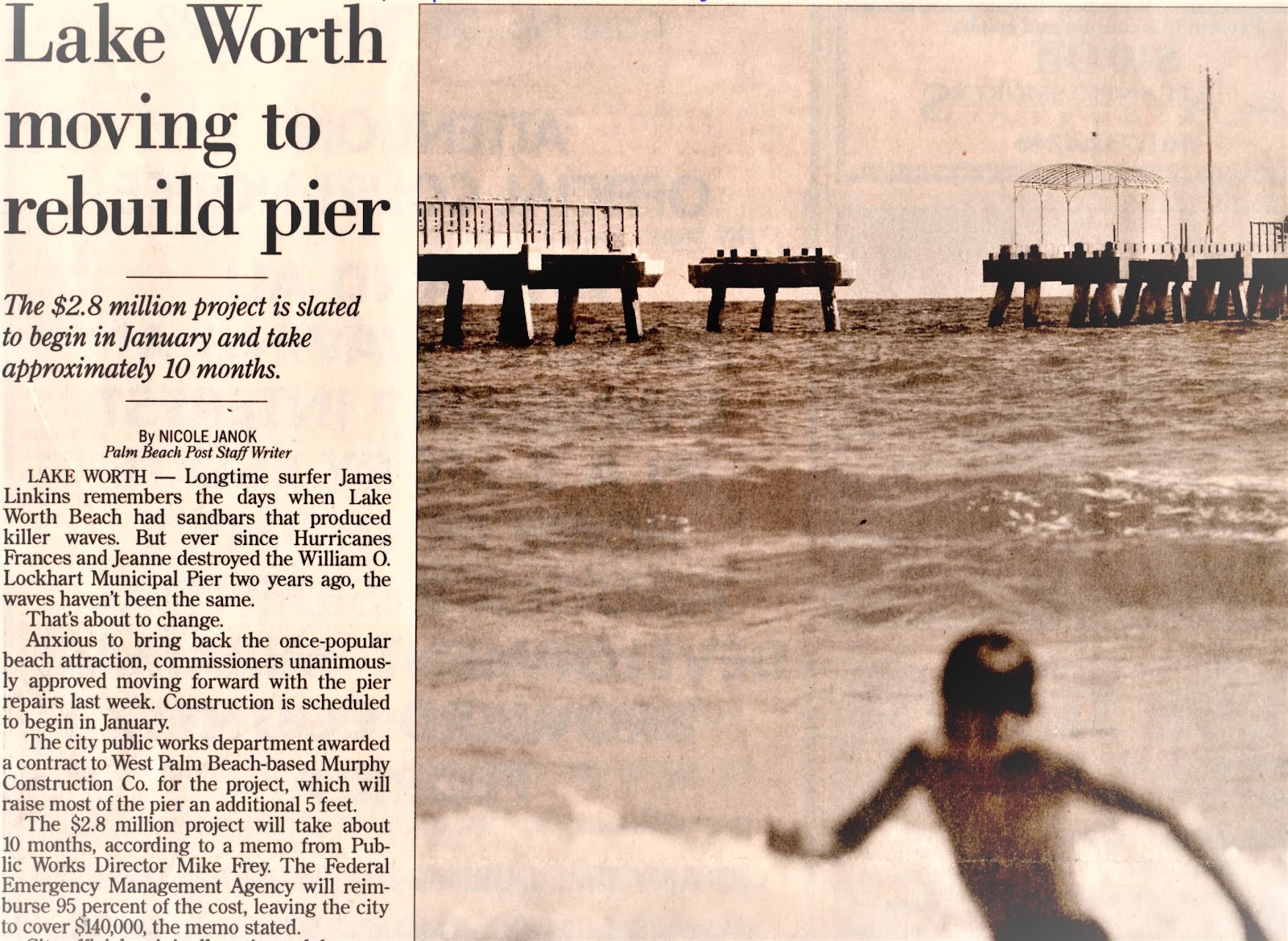 You might have noticed the line running across the site plan showing the beach redevelopment plans anticipated with the City's public/private partnership with Greater Bay. That line, highlighted above, is the Coastal Construction Control Line (CCCL). Much has been made of this line by Commissioner Jennings - part of her "managed retreat" approach and her call for an increased setback for the building.
You might have noticed the line running across the site plan showing the beach redevelopment plans anticipated with the City's public/private partnership with Greater Bay. That line, highlighted above, is the Coastal Construction Control Line (CCCL). Much has been made of this line by Commissioner Jennings - part of her "managed retreat" approach and her call for an increased setback for the building.I have provided links and quotes from the Florida Department of Environmental Protection and references to State statues below. Nothing prevents buildings from being built seaward of the the CCCL. There is a permit process that is administered by DEP that reviews the type of construction and the public impact of such construction. Their goal is to ensure that should a catastrophe happen - in the form of a major storm event, for example - that the building would still be there. Usually what is requested is that the building be built on pilings - which are concrete cylinders that rest on rock structures underneath the surface. Concrete for the slab itself has to be of a special mixture as well; one that is especially dense. Pipes and conduit have to be installed with "hangers" underneath the slab, should part or all of the sand beneath the building be washed away. I know this from experience as I was project manager for just such a complex - seaward of the CCCL and about 15 feet from a seawall.
While not part of the CCCL construction standards, the buildings - due to this project's location on the barrier island - have to meet a structural sustained wind standard of 140 m.p.h. Heaven help the City of Lake Worth or Palm Beach County if we have to suffer through that kind of storm. The devastation on the mainland would be severe and reconstruction of homes, businesses and basic infrastructure would be the primary and all-consuming focus in the storm's aftermath.
But, by the rigid standards applied to the construction of the new Casino building, it would likely count itself among the more intact structures in the area. Think about the dismal prospect of our existing Casino building making it through a storm of equal strength. Then we really would have to do something to replace the derelict building there now.
Look up and down the barrier island and see what is the nearly universal "line of adjacent construction" that reflects the outer limit of what DEP will approve. I'll be posting examples of other coastal communities and their beaches as a comparison shortly.
Also, remember, that this project would have to apply for a permit through DEP and meet their standards. Check out what those are by hitting the last link in this post.
CLICK HERE FOR FLORIDA DEPARTMENT OF ENVIRONMENTAL PROTECTION (DEP) WEBSITE FOR INFORMATION ON ADMINISTRATION OF COASTAL CONSTRUCTION CONTROL LINE.
From the DEP website:
The Coastal Construction Control Line Program (CCCL) is an essential element of Florida's coastal management program. It provides protection for Florida's beaches and dunes while assuring reasonable use of private property. Recognizing the value of the state’s beaches, the Florida legislature initiated the Coastal Construction Control Line Program to protect the coastal system from improperly sited and designed structures which can destabilize or destroy the beach and dune system. Once destabilized, the valuable natural resources are lost, as are its important values for recreation, upland property protection and environmental habitat. Adoption of a coastal construction control line establishes an area of jurisdiction in which special siting and design criteria are applied for construction and related activities. These standards may be more stringent than those already applied in the rest of the coastal building zone because of the greater forces expected to occur in the more seaward zone of the beach during a storm event.CLICK HERE FOR INFORMATION REGARDING CRITERIA USED TO ISSUE A PERMIT FOR CONSTRUCTION SEAWARD OF THE COASTAL CONSTRUCTION CONTROL LINE.





